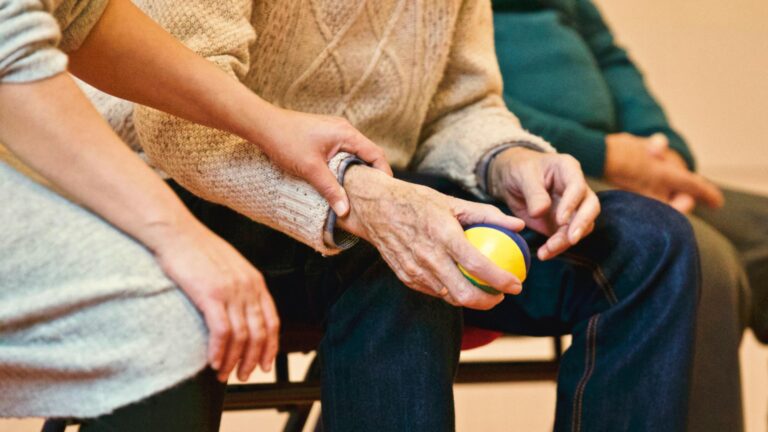
Blog Posts
A Personal Invitation From Our Board President, Dr. Barbara Morris! I am so excited about our first conference and thrilled that our colleagues from Colorado and around the United States...
During the summer of 2016, as we worked to pass the End of Life Options Act, I frequently spoke to groups about the legislation. A common question arose: Why did the law contain the specific...
As a member of the board of directors for End of Life Options Colorado, I often have the opportunity to assist individuals seeking information about end-of-life care. Recently, I received...
I often write letters to my patients who have died. For me, it is a way to process my experience and grief, recognize the impact that human life had on...
In my pursuit to better understand Medical Aid in Dying (MAiD), I came across Dr. Lonny Shavelson’s book, Medical Aid In Dying: A Guide for Patients and Their Supporters. The...
As a board member of End of Life Options Colorado, I often respond to people seeking more information about planning for the future, especially when it comes to end-of-life decisions...
Our own Barbara Morris and Sigrid Swerdlin shared their thoughts about End of Life Options Colorado recently with host of Great Day Colorado. Listen in!!...
We are thrilled to announce significant updates to the Colorado End of Life Options Act that will greatly enhance access to medical aid in dying for terminally ill patients. These...
We had the privilege of sitting down with Crispin Sargent, a certified Grief Yoga instructor, Grief Educator, End of Life Doula, Certified Advance Care Planner, and member of the End-of-Life...










